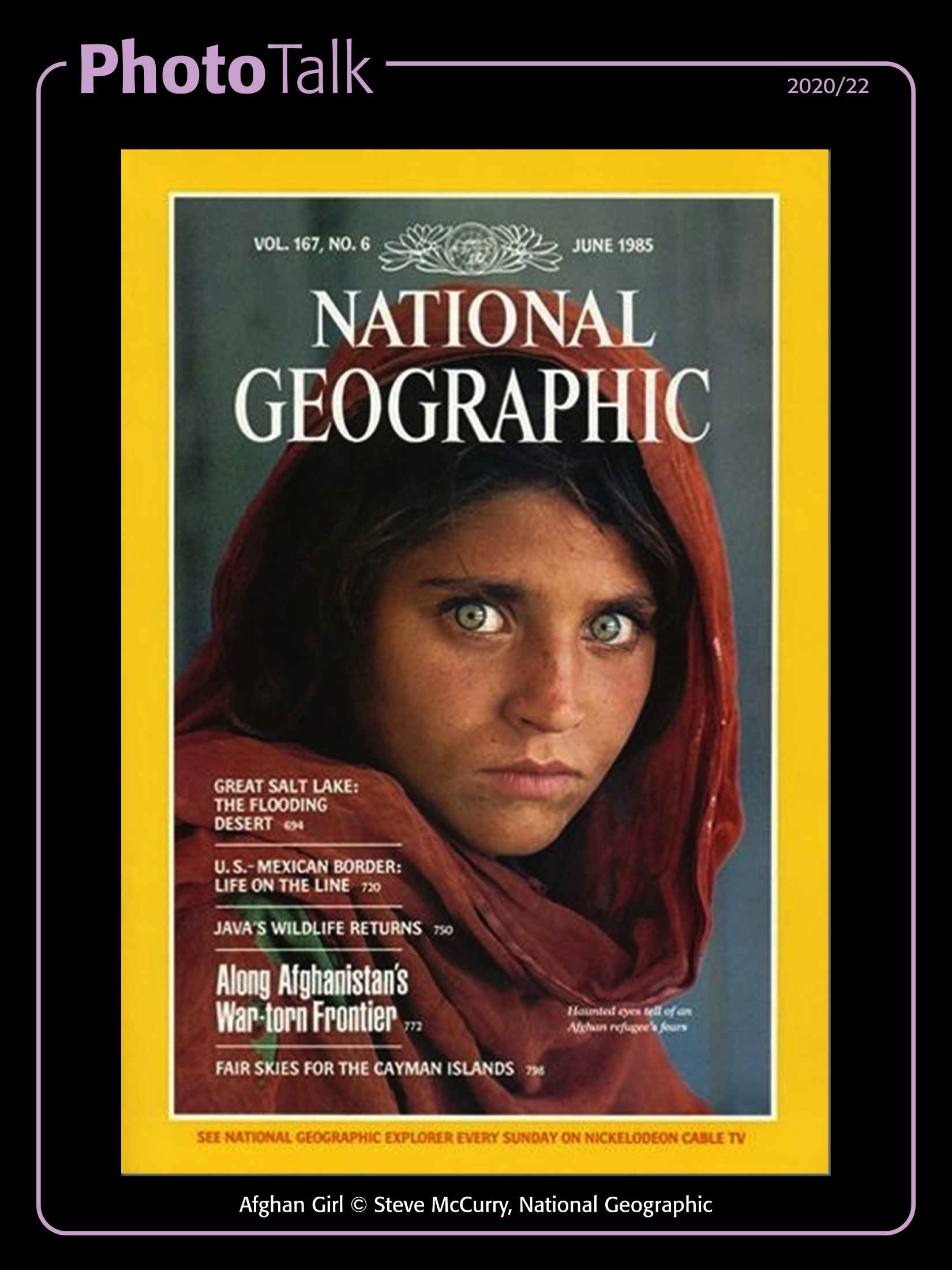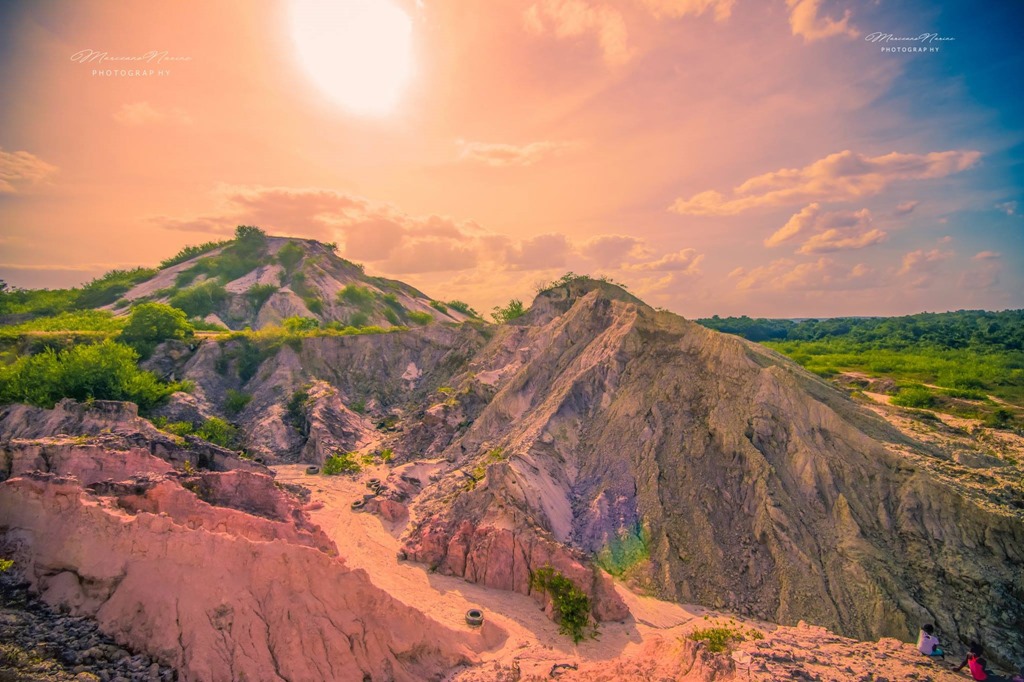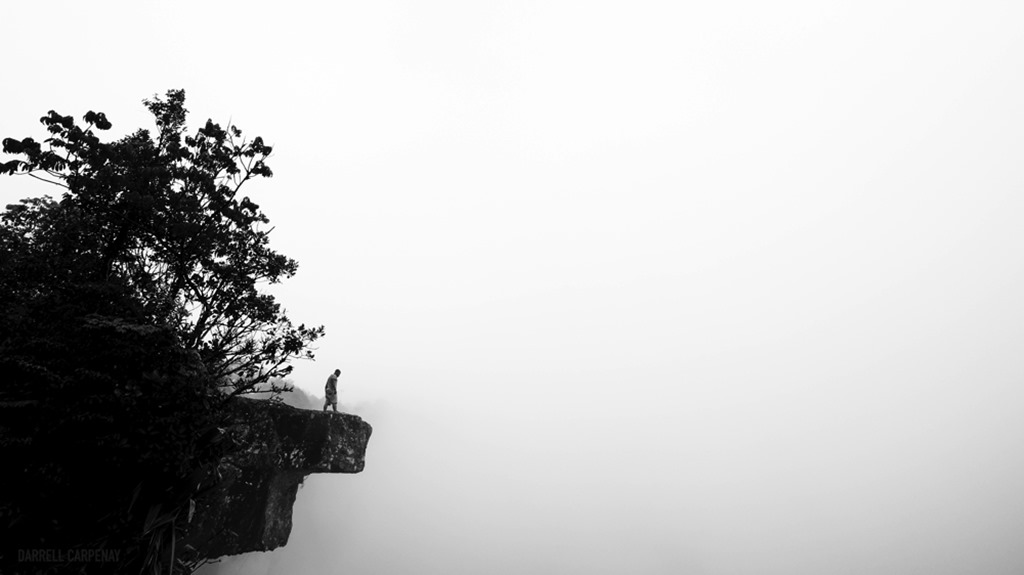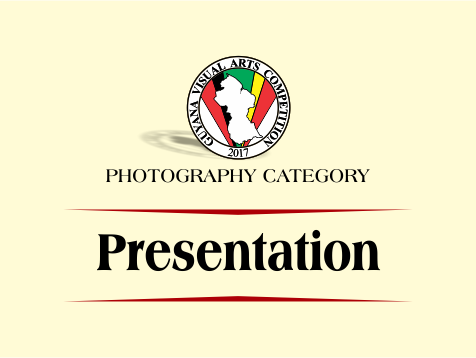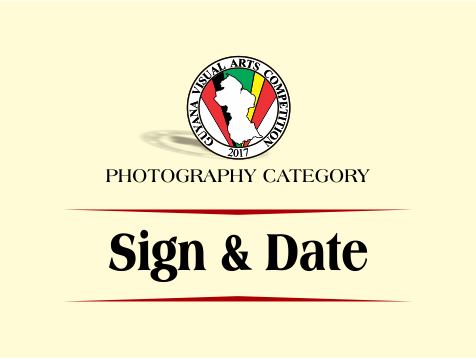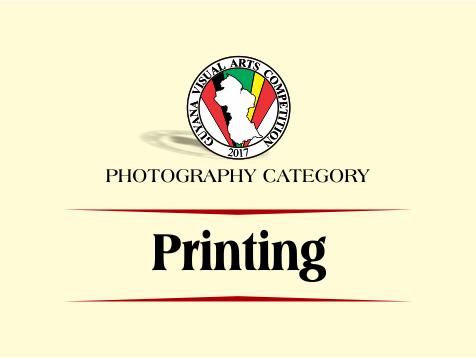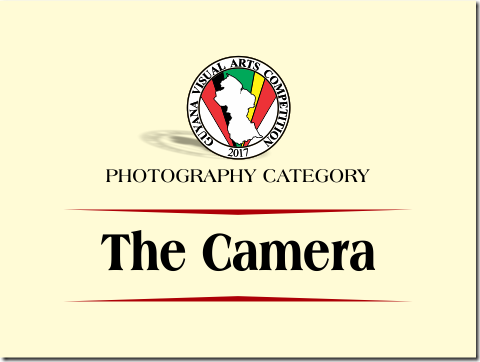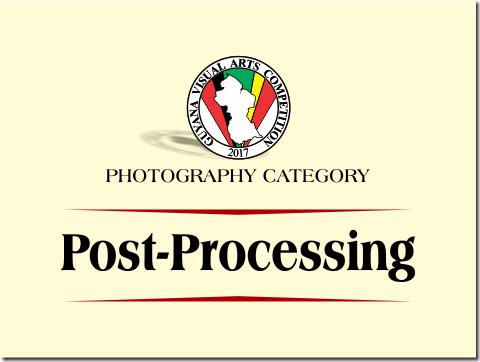
Post-Processing refers to everything that is done to an image after it is captured. Some people like to say that they don’t do any post-processing or editing to their images, if you shoot RAW, then its possible you are right, if you do nothing with that RAW image other than print it directly. If you shoot JPEGs as the native format in your camera, then it is likely that some amount of automatic post-processing is already done in-camera, usually some small adjustments to things like contrast, brightness and saturation. The point being, pretty much all photographs are post-processed.
Whether you adjust the resulting image to more closely resemble what you think you remember the scene being like, or to have a more artistically expressive image, post processing can entail anything from simple processing like adjusting brightness, contrast, saturation, etc, to full image editing like illustration and manipulation, adding elements, removing elements, layering, multiple image usage in the same frame, almost anything imaginable.
It doesn’t matter what you use; PhotoShop, AfterShot, Aperture, CaptureOne, GIMP, Lightroom, DarkTable, LightZone or any other software, expressing yourself, your intent through the final piece is what’s important.
From experiences in the past, here are my suggestions, although I in no way suggest that this is what should be followed, we simply have no idea what the judges are looking for, but these are my thoughts:
Keep it simple; although they are looking at it as Art, they are still conscious that they are looking at Photographs.
Colour vs BW; be careful with monochrome images, while many of the previous finalists and short-listers have been monochrome images, the strength of the composition is what would make a difference. Use colour to help tell the story, not be part of the clutter, changing images to monochrome (black and white) removes that part of the storytelling and leaves the content and composition as the only remaining tools, if those are weak, then the image will falter.
HDR; High Dynamic Range images are powerful when done right, try for subtle over cartoonish, but remember the story that the image is telling and don’t let the processing over-power it.
Megapixels & RAW vs JPEG; the lower the megapixels, the less detail the software has to deal with, also RAW files tend to have lots more detail than JPEGs to work with, adjustments in the software should be done carefully, too much push or pull on the sliders can lend to some garrish results, even showing up the grain and pixels more, thread lightly, but still try to achieve the look you wish.
Screen vs PRINT; some software can simulate a preview of what the print may look like, its important to know that all the colours that can be reproduced on screen cannot be reproduced in print, the colour gamut of your screen and many software are much wider than the colour gamut of the printers, keep that in mind when processing, colours out of the range can lead to less than pleasing printed results.
Processing and Editing; One of the the sentences that identifies the Photography category for GVACE is “Digitally manipulated photographs must be so identified”. This sentence leaves me wondering sometimes, as to how much I should mention about digital manipulation of my photograph, especially as they all have to be digitally manipulated to some extent. I use my own definition of Processing and Editing when detailing this portion on the form. I “Process” most of my images, so I usually mention that I’ve used basic post-processing techniques such as brightness, contrast and saturation adjustments, if I converted to black and white, I mention that too, I may even mention what software was used in the processing. What I think the sentence definitely covers is ”Editing”, that is the addition or removal of things in the image, whether its as little as cloning out garbage, or the addition of extra flower petals, the wiping out of power lines, or the the use of multiple exposures for effect, these should be mentioned, explicitly. Also, as simple as it sounds, if the original photograph was cropped, then that too should be mentioned. It sounds like a long list if you actually consider the amount of post-processing that can go into a photograph, but its better to be safe.
In the end, don’t let the details bother you too much, just choose an image you love, process it the way you want, and go for it.
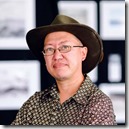
Michael C. Lam works in Graphic layout for a living, one of his images gained the Bronze medal in the 2012 GVACE, he was shortlisted for the 2014 GVACE, was an exhibiting artist in the Un | Fixed Homeland curated exhibition at Aljira, New Jersey in 2016, and an exhibiting artist at the 2016 VISIONS Curated Exhibition. Some of his work can be seen on his site The Michael Lam Collection

